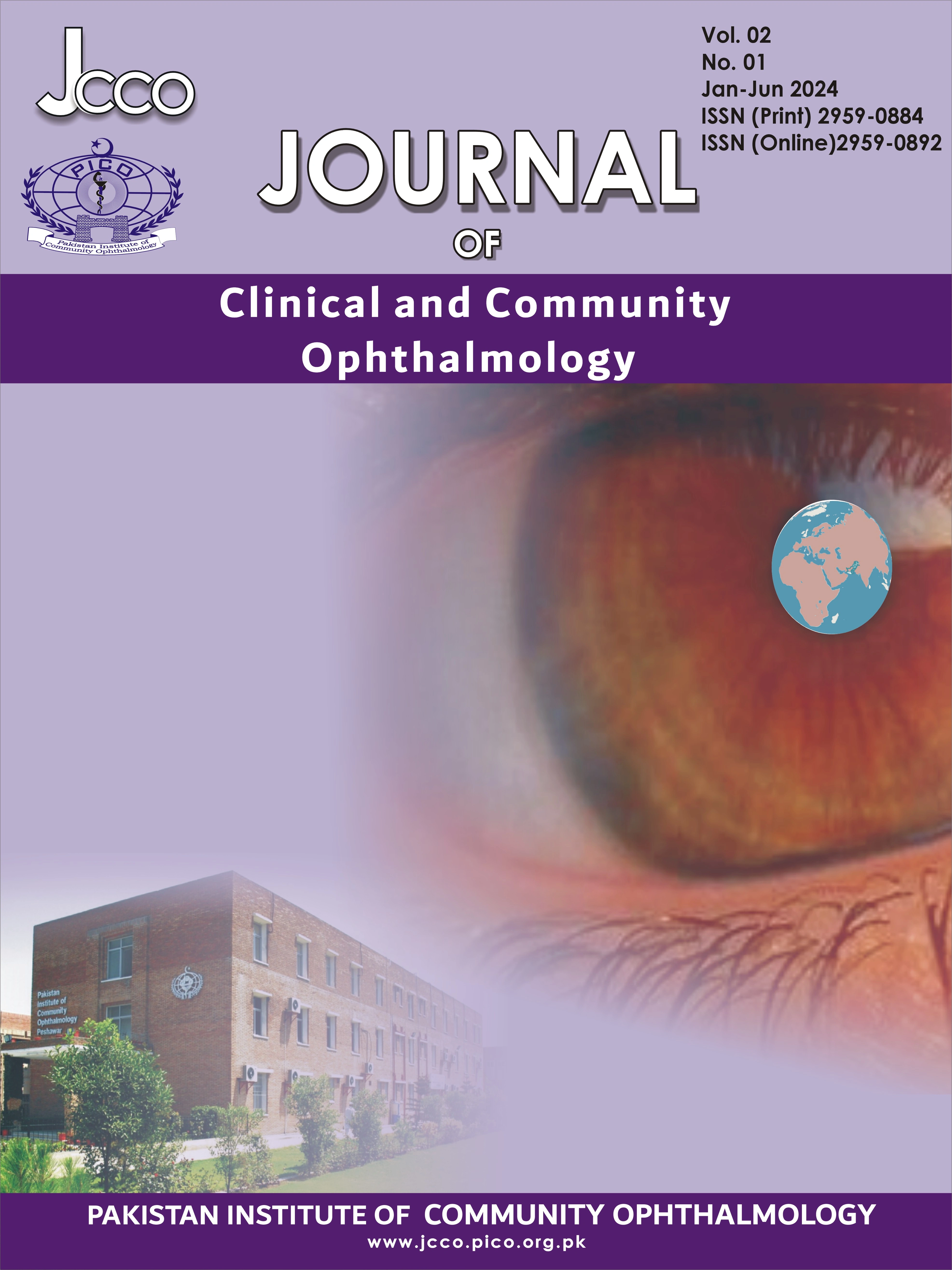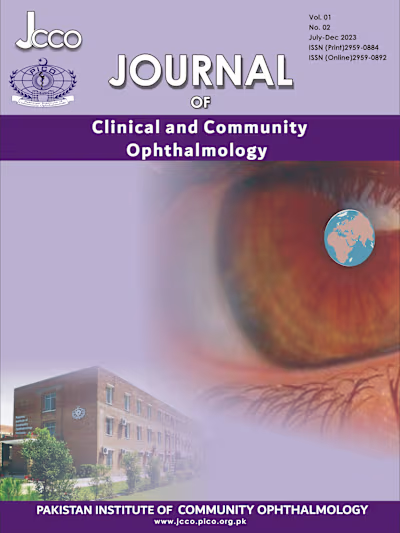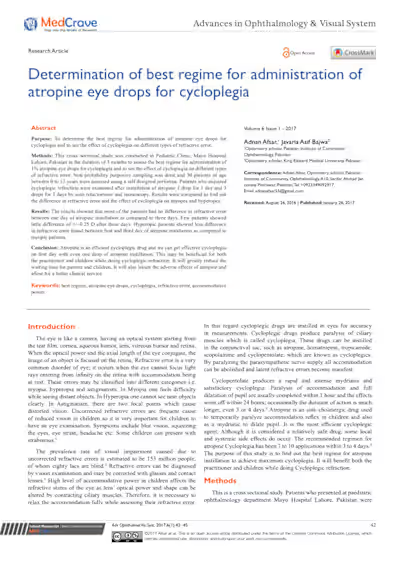Types of Anisometropia in Children 5-15 Year of Age Attending a…
Pakistan Institute of Rehabilitation Sciences, Isra University, Islamabad
Matiullah Pakistan Institute of Rehabilitation Sciences, Isra University, Islamabad
Keywords:
Anisometropia, Astigmatism, Refractive Error
Abstract
Aim: This study aimed to determine the types of anisometropia in patients presenting in a Tertiary Care Hospital.
Study design:This was a prospective, descriptive study.
Duration and Settings of the Study: This study was conducted at Al-Nafees Medical Hospital from December 2022 to February 2023.
Methods: All new patient from 5-15 years old children diagnosed of having anisometropia of more than or equal to 1.00DS who attended the Tertiary Care Hospital during the study periodwere included.
Results: Out of 50 patients, most patients (56%) were in the 5-10 year age group while 44% were in the 11-15 year age group. Astigmatic anisometropia was the most common types of anisometropia (48%) followed by hyperopic anisometropia (40%). The frequency of patients with anisometropia of 1to 2.9 DS was more common in age group 11-15 year. The frequency of anisometropia was higher in female children.
Conclusion: The high frequency of anisometropia was more common in female patients. In children age 5-15, the eyes should be examined once a year because it is the age when most children are affected and are notable to recognize it.
Author Biographies
Saima Ghufran, Pakistan Institute of Rehabilitation Sciences, Isra University, Islamabad
Head of Department: Vision Sciences
Matiullah, Pakistan Institute of Rehabilitation Sciences, Isra University, Islamabad
Senior Lecturer: Vision Sciences

Published
How to Cite
Saima Ghufran, & Matiullah. (2024). Types of Anisometropia in Children 5-15 Year of Age Attending a Tertiary Care Hospital. Journal of Clinical and Community Ophthalmology, 2(01), 23–26. Retrieved from https://www.jcco.pico.org.pk/index.php/jcco/article/view/56
Section
License
Copyright (c) 2024 Saima Ghufran, Matiullah
This work is licensed under a Creative Commons Attribution-NonCommercial 4.0 International License.
Like this project
Posted Feb 20, 2024
In the process of proofreading and content editing a research article, meticulous attention was given to ensuring accuracy, coherence, and clarity in the text.
Likes
0
Views
2




